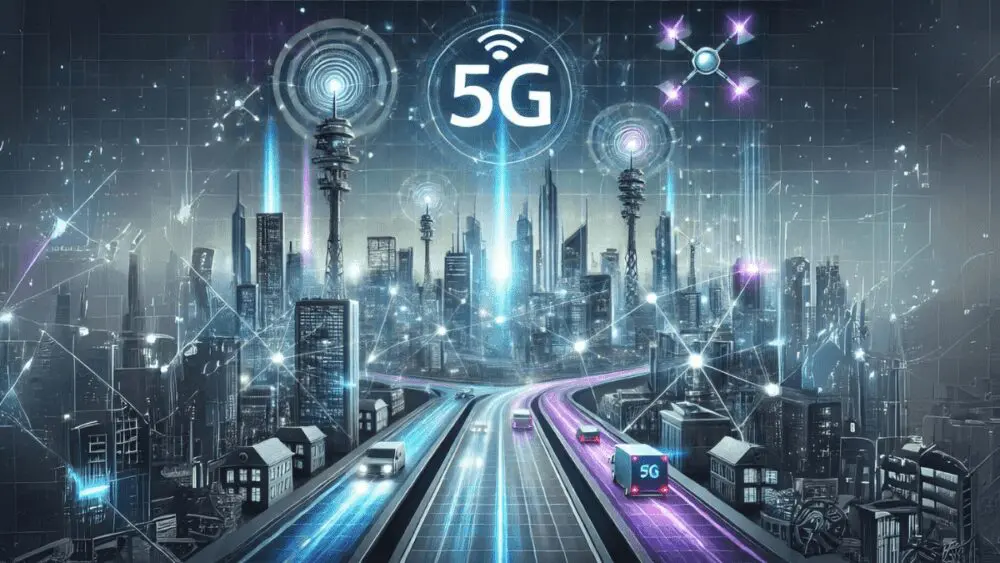5G technology represents the fifth generation of wireless cellular networks. Unlike its predecessors, such as 4G, 5G offers upgraded features that promise to enhance the way we connect and interact with digital services.
First, it’s essential to understand what 5G is. In simple terms, it’s a new standard for wireless communication. The leap from 4G to 5G is significant, primarily because of the broadened use of spectrum resources. While 4G largely relied on sub-3 GHz frequencies, 5G taps into a wider range up to 100 GHz and beyond. This expansion allows for higher bandwidths, translating to faster speeds and more stable connections.
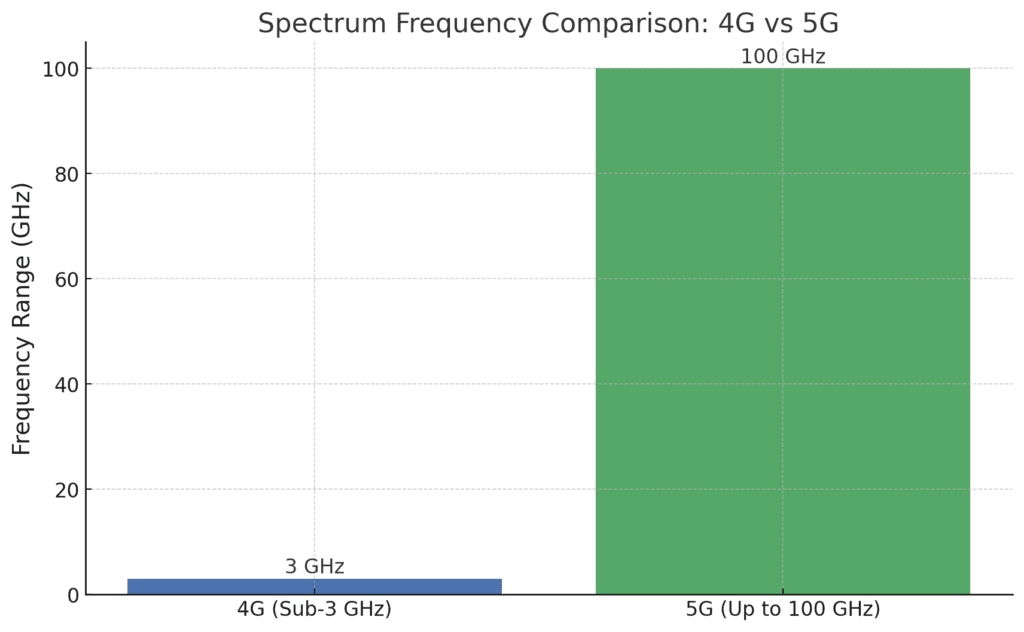
5G stands out from past cellular technologies in many ways. Speed is one of the most notable improvements, with peak data rates that reach into the multi-gigabit range. This is a big leap from 4G, making downloads and data transfers remarkably quicker.
Another critical advancement is lower latency. Latency refers to the time it takes for data to travel from one point to another.
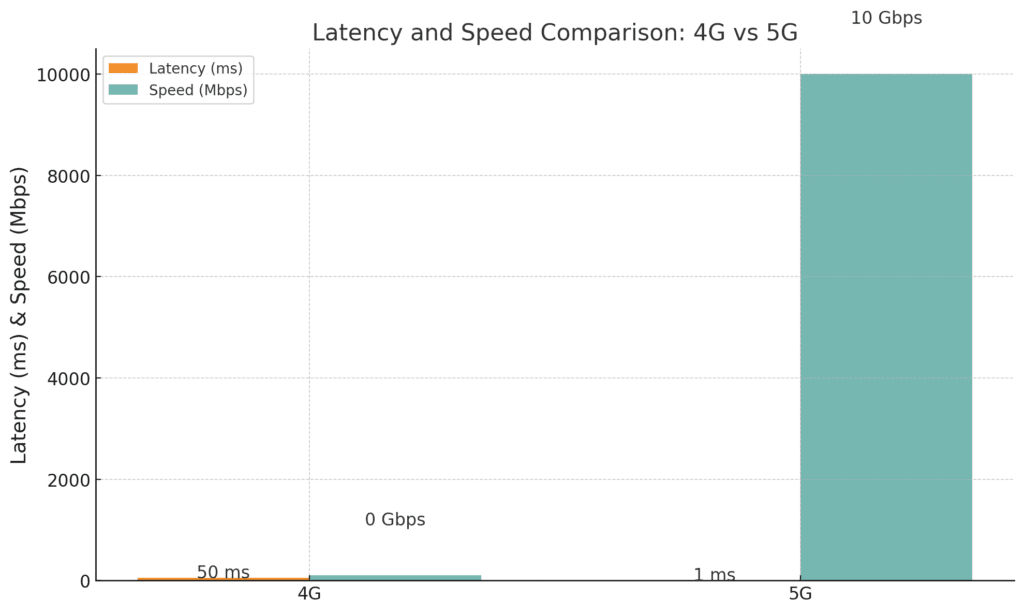
Reduced latency is crucial for real-time applications like video conferencing, online gaming, and other interactive services where immediate feedback is essential.
Reliability marks another significant benefit. 5G networks are designed to be more resilient, ensuring consistent and dependable connections. This means fewer dropped calls and more reliable internet access, even in densely populated areas.
Network capacity also sees a dramatic increase with 5G. The enhanced capacity allows the network to support a larger number of devices simultaneously without sacrificing performance. This is particularly important in smart cities and environments with extensive Internet of Things (IoT) devices.
Spectrum innovation is a cornerstone of 5G technology. By utilizing a broader range of frequencies, 5G mitigates the issue of congestion and enhances overall network performance. New radio technology and a revamped core network infrastructure further support these improvements, setting the stage for advanced digital experiences.
The foundation established by these fundamental changes in 5G technology paves the way for transformative applications across various industries. From smarter transportation systems to more interactive gaming experiences, 5G’s potential is vast. Understanding these basics is the first step to appreciating the far-reaching implications of this new era in connectivity.
The Technology Behind 5G
5G technology isn’t just an upgrade; it’s a complete overhaul of how wireless networks operate. Let’s break down some key components that make 5G different and powerful.
First up, we’ve got duplex methods, specifically Frequency Division Duplex (FDD) and Time Division Duplex (TDD). FDD splits the frequency bands for incoming and outgoing signals, while TDD does the job on a time-sharing basis. These methods enhance the way data is transmitted and received, optimizing overall network efficiency.
Beamforming is another fascinating element of 5G. Unlike the traditional broadcast approach, beamforming focuses signals in a specific direction, or ‘beam’. This targeted method improves signal quality and increases data transmission speed. Think of it like a spotlight, efficiently illuminating only where needed.
Then there’s Massive MIMO, which stands for Multiple Input Multiple Output. This technology involves using many antennas at the base station to service multiple devices simultaneously. It boosts both the capacity and efficiency of the network, making it ideal for densely populated areas with high data demands.
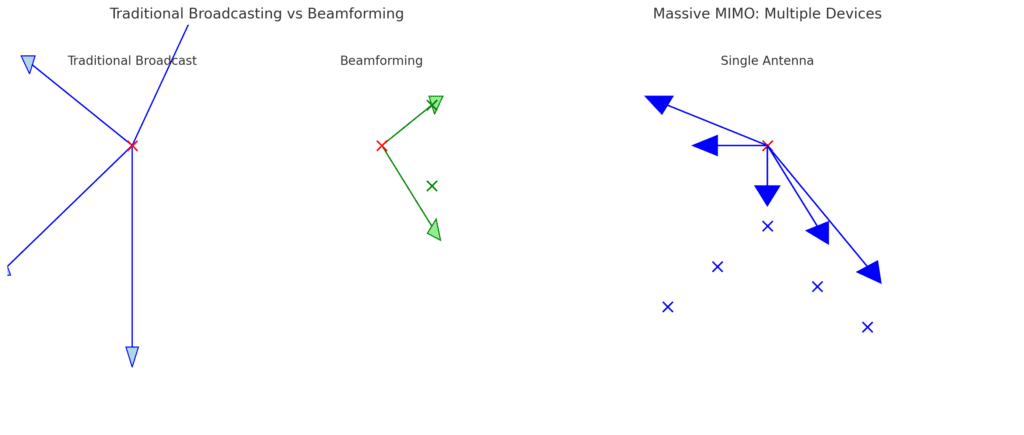
Small cells play a crucial role in 5G as well. These are low-powered mini base stations that provide increased coverage and capacity in specific areas. They’re especially useful in busy urban environments and help extend the reach of 5G networks to more users.
Another game-changer is network slicing. This feature allows operators to create multiple virtual networks within a single physical 5G network. Each slice can be tailored for a specific application or service, ensuring that varying needs—like those of IoT devices and ultra-reliable low-latency communications—are efficiently met.
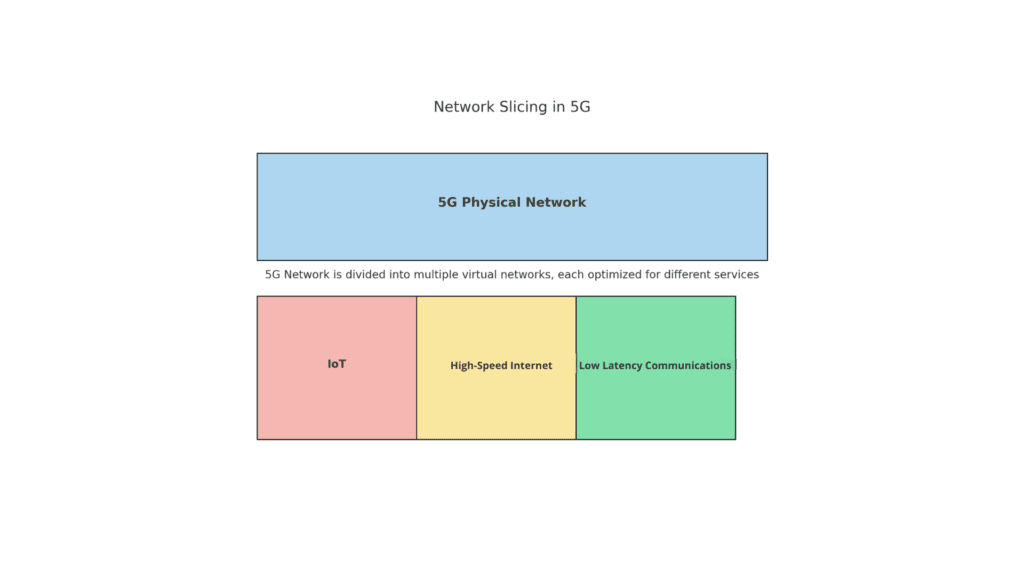
Key Improvements and Advancements in 5G
5G technology brings several critical improvements that set it apart from its predecessors. Perhaps the most anticipated is speed. With peak data rates in the multi-gigabit range, downloads that once took minutes can now be completed in mere seconds. Faster speeds open the door to advanced applications and services that were previously unattainable.
Lower latency is another major advancement. In previous generations, latency could be a bottleneck, especially for services requiring real-time interaction, like online gaming or augmented reality. 5G slashes latency to nearly instantaneous levels, fostering smoother and more responsive user experiences. This is critical not just for entertainment but also for sectors like healthcare, where real-time communication can be life-saving.
Reliability also sees a significant boost with 5G. Older networks often struggled with consistency, especially in areas with heavy usage. 5G’s infrastructure is designed to be more robust, reducing dropped calls and unstable connections even in crowded locations. This increased reliability is vital for applications that can’t afford interruptions, such as automated trading systems in finance or critical communications in public safety.
Network capacity gets a huge upgrade too. As more devices connect to the internet, 5G’s enhanced capacity ensures there’s enough bandwidth to go around. This is incredibly important for smart homes and cities, where numerous devices need to function seamlessly without overwhelming the network.
When it comes to connectivity, 5G is engineered to support a vast number of devices. This includes not just smartphones and laptops, but also IoT devices like smart appliances, sensors, and even connected vehicles. This broad connectivity sets the stage for innovations in automation and data collection, allowing for smarter and more efficient systems.
Spectrum innovation is a cornerstone of 5G. By using a wider range of frequencies than those used in 4G, 5G alleviates congestion and boosts overall performance. This means more stable connections and faster data rates, even in areas with numerous connected devices. Shifting to higher frequencies also opens up new possibilities for data-sensitive applications.
5G also introduces new radio technologies. This includes advanced modulation techniques that improve how data is encoded and transmitted. Along with this, the core network of 5G is entirely revamped. This revamped network is more agile and can quickly adapt to different traffic demands, ensuring optimal performance across various applications.
These technological advancements collectively position 5G as a transformative force across industries. Beyond faster internet speeds and lower latency, the technology sets up a framework for a future where everything from healthcare to entertainment becomes more interconnected and efficient. Understanding these key improvements can help you appreciate the value 5G brings to everyday life and its potential to drive innovation.
Impact of 5G on Various Industries
5G technology is not just about faster speeds and greater connectivity; it’s about transforming industries in ways that 4G and other previous generations could never dream of. Here’s a look at how 5G is set to make waves across different sectors.
The transportation industry stands to benefit enormously. Self-driving cars and connected vehicles require real-time data to operate safely and efficiently. With 5G, these vehicles can communicate with each other and with traffic management systems instantaneously, reducing accidents and optimizing traffic flow. Imagine a world where traffic jams are a thing of the past thanks to intelligent transportation systems powered by 5G.
Gaming is another area where 5G will make its mark. Advanced gaming applications and virtual reality (VR) experiences require a lot of bandwidth and low latency, which 5G can provide. This means smoother gameplay, more immersive experiences, and the capability for cloud-based gaming platforms to become more widespread and accessible.
The media landscape is also set for a shakeup. Live streaming, for instance, will become more reliable and higher in quality due to 5G’s robust, high-speed connections. With 5G, buffering will be minimal, and real-time broadcasting will take a leap forward, making it easier to stream events, games, and news without interruption.
In the construction industry, 5G can revolutionize how projects are managed and executed. Real-time monitoring of construction sites becomes feasible, helping ensure safety and efficiency. Technologies like virtual reality (VR) and mixed reality can be deployed to provide on-site workers with real-time information and training, minimizing downtime and maximizing productivity.
Then there’s the Internet of Things (IoT). 5G is designed to handle the massive amounts of data generated by IoT devices efficiently. From smart homes to industrial machinery, 5G enables seamless data collection, control, and analysis. This means more streamlined operations, better resource management, and enhanced safety protocols in various settings.
In summary, the impact of 5G across these industries highlights its potential to foster innovation and drive progress. As these sectors start leveraging the capabilities of 5G, we can expect to see more connected, efficient, and intelligent systems emerging, ready to meet the demands of the future.
Pros and Cons of 5G Technology
One of the standout features of 5G technology is its,
faster data speeds. With multi-gigabit per second capabilities, downloading large files, streaming high-definition content, and experiencing real-time applications becomes effortless. This opens doors to a plethora of new possibilities and enhances existing digital experiences.
Improved security is another noteworthy advantage. The advanced encryption techniques and security protocols integrated into 5G make it more resistant to cyberattacks than older networks. This is especially crucial as more devices get connected in smart homes, cities, and industries.
Cloud-based gaming gets a significant boost with 5G. The ultra-low latency and high speeds enable seamless streaming of games directly from the cloud. This innovation allows players to enjoy high-quality gaming experiences without the need for expensive hardware, democratizing access to gaming.
However, 5G isn’t without its drawbacks.
Compatibility can be an issue. Not all devices are built to support 5G, leading to potential upgrade costs for consumers. Additionally, the deployment of 5G infrastructure requires substantial investment and time, impacting its immediate availability.
Health concerns have also been raised. Some people worry about the long-term exposure to the higher frequency bands used in 5G, although scientific consensus on this matter is still evolving. It’s crucial to stay informed and rely on authoritative health sources for guidance.
Security concerns, despite the advancements, are still present. As 5G connects more devices, it also opens up more entry points for potential cyberattacks. Maintaining robust security measures remains a continually evolving challenge. Understanding the pros and cons of 5G helps in making informed decisions about adopting this technology.
| Pros | Cons |
| Faster data speeds(up to multi-Gbps | Compatibility issues (older devices) |
| Lower latency (~ms) | Security concerns with more connected devices |
| Increased network capacity | High infrastructure cost for deployment |
| Supports more devices (IoT | High concerns (debated) |
| Improved network reliability | Limited coverage initially |
Its advantages are promising, offering enhanced digital experiences and greater efficiency. However, addressing the challenges is equally important to ensure a balanced and secure integration into our daily lives.
Future Prospects and Conclusion
5G technology is setting the stage for an exciting future. Its transformative potential goes beyond incremental upgrades; it positions us on the brink of significant societal shifts. With faster speeds, lower latency, and enhanced connectivity, 5G isn’t just improving existing applications but enabling entirely new ones.
Consider healthcare, for instance. Telemedicine can become more reliable and accessible, providing quality care even in remote areas. Surgeons could perform remote operations with real-time precision using robotic tools, all thanks to the low latency of 5G networks. The healthcare industry could see these changes sooner than we think, thanks to the capabilities 5G provides.
In smart cities, 5G will play a key role in integrating various systems to create more efficient, responsive urban environments. From traffic management and energy consumption to public safety and waste management, everything can be connected and optimized in real time. These changes promise not only increased convenience but also enhanced sustainability.
Education can be revolutionized too. Virtual classrooms with interactive, real-time collaboration can become the norm. Students across the globe could have equal access to high-quality educational resources, breaking down geographical barriers and bridging the digital divide.
Businesses will also benefit hugely. 5G will enable more flexible and remote working arrangements, improve supply chain management with real-time data, and foster innovation through faster and more reliable communication channels.
As we look ahead, it’s clear that 5G isn’t just another tech advancement; it’s a game-changer that will redefine how we live, work, and interact with the world. Understanding its potential helps us prepare for the changes it will bring and allows us to better leverage this technology to our advantage.
To embrace 5G fully, it’s crucial to stay informed and adaptable. The transition will come with its own set of challenges, but the benefits far outweigh them. As 5G continues to roll out, keeping an eye on its advancements and applications will ensure that we make the most of this revolutionary technology.

